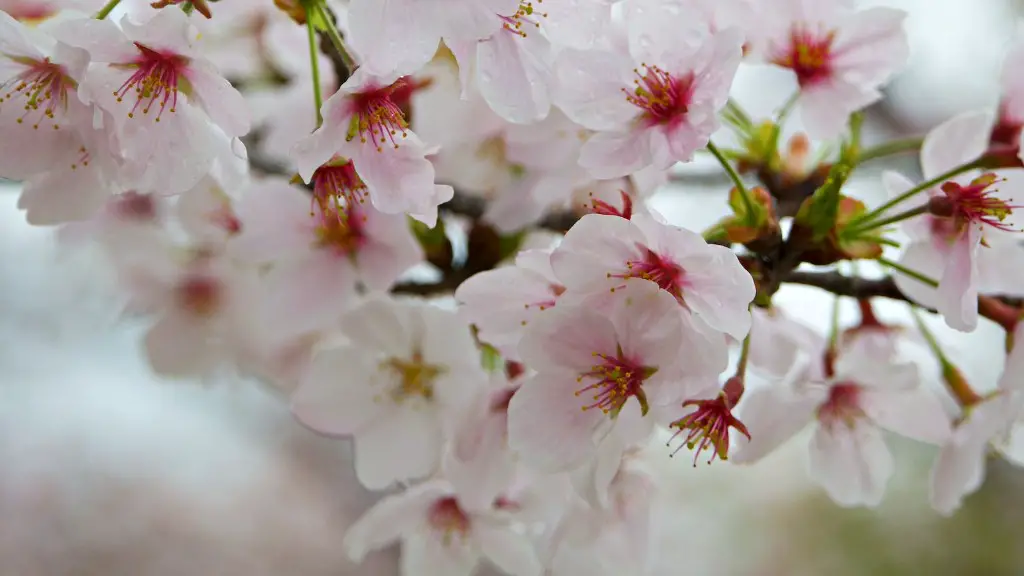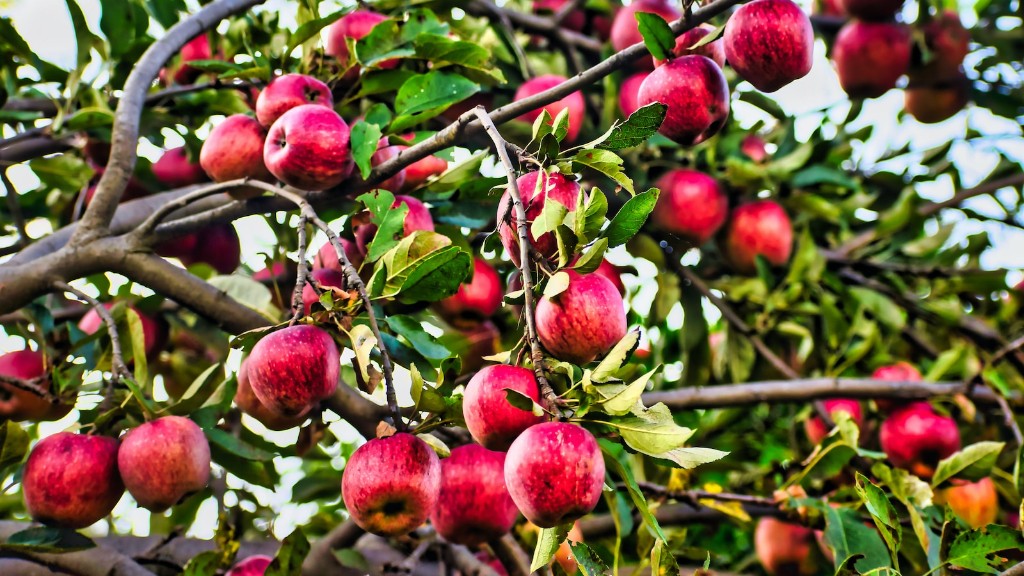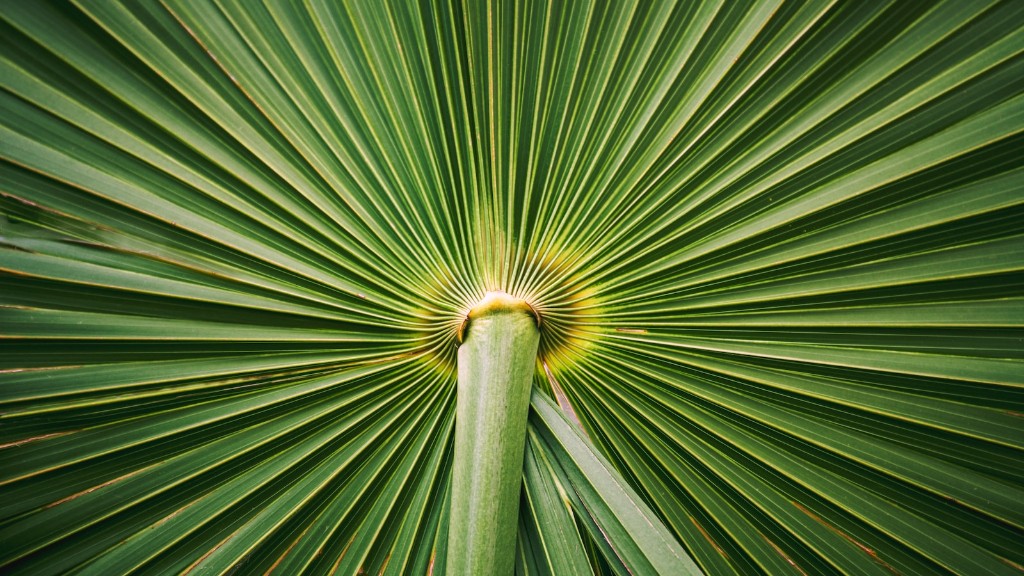When Do I Prune My Cherry Tree
Cherry trees are a popular fruit tree for many home gardens, but if you’ve ever wondered when to prune your cherry tree, it’s not as straightforward as it might initially seem. Depending on the species and variety, different pruning techniques and timing apply. Understanding the ecology and individual requirements of the trees can help home gardeners determine the best timing for pruning cherry trees for optimal health and fruit production.
Cherry trees grow best when pruning is done in the late winter months, typically when the trees are in a dormant state. This period from December through to March, depending on your local climate, presents the perfect opportunity to prune any damaged or dead branches or stems. Structural pruning, such as canopy shaping, is best done during this period, as the tree has no leaves, making it easier to visualize the internal structure of the tree. Allowing your trees to become too large and not pruning overhanging branches may result in overcrowding and shade it’s neighbours.
Cherry tree pruning should be done sparingly, taking care not to over-prune. The general rule of thumb is to prune only one-quarter of a cherry tree’s branches in any given season. Removing more than this can put excessive stress on the tree, resulting in decreased vigor and fruit production. If the tree has been neglected in the past, prune more gradually, across several seasons, removing dead, diseased, and damaged branches, as well as those that are crossing or that are overcrowding the canopy.
Another common pruning practice is to thin out the branch tips and fruit clusters. This should be done prior to fruit ripening, just before the fruit starts to swell. Thinning out the fruit will allow light and air to reach the inner parts of the tree, reducing the risk of disease, and will also produce larger, healthier fruits. Additionally, pruning the central leader of the tree early in the season will help keep the tree shape and reduce the chance of the tree becoming misshapen.
Regular pruning during the dormant months will also promote new growth, as pruning encourages certain types of growth hormones, stimulating new shoots and flowers to form in the branches. Pruning during the winter months should also include removing diseased wood, as winter pruning helps reduce the damage caused by diseases that can spread quickly in the warm and damp summer months.
Although pruning can be beneficial for cherry trees, it can also cause damage if not done properly. Pruning wounds can be a point of entry for diseases, such as brown rot, that can weaken the tree and cause major damage to the fruit, so it is important to prune carefully and make sure all pruning tools are sanitized between uses.
Overall, when pruning your cherry tree, it is important to be mindful of the species and variety of the tree, as different trees require different pruning techniques and timings to ensure healthy growth and maximum yield. Home gardeners should consult cherry tree experts for specific pruning advice for their particular tree.
Root Pruning
Root pruning is a necessary step in the maintenance of cherry trees. It helps to control the size of the growth and prevents the accumulation of weeds, pathogens and pests. Pruning the roots encourages the production of root-derived hormone compounds, which support and enhance flower production. Root pruning should be done in late winter or early spring and should only be done for infected, diseased or damaged roots.
Root pruning is done using a garden hoe or spade. Care should be taken to avoid any damage to the root system when digging. If the roots are healthy and vigorous, they should be left alone, as they will protect the tree and ensure healthy growth. Root pruning can also be done by using a sharp saw to remove medium-sized roots — those with a diameter of 1–3 cm — to make room for new growth.
Root pruning must be done carefully, to ensure it is done at the right time and with the right technique. Pruning too aggressively may cause a disruption to the root system and result in reduced flower production; pruning too late may create an ideal environment for pathogens. Additionally, cherry tree roots are sensitive to excessive moisture, as this can cause root rot and dieback; therefore, it is important to check for moisture levels in the area prior to root pruning.
In short, root pruning should be done in late winter or early spring, using a sharp hoe or saw. Regular monitoring of the roots and soil moisture is also important in order to keep the tree healthy and growing.
Pruning Cut Directions
The direction of cherry tree pruning cuts should be taken into consideration when pruning to ensure maximum health of the tree. Ideally, pruning cuts should be angled at 45 degrees away from the side of the tree in the direction of the desired new growth. This ensures that the pruning wound is angled away from the tree, leaving the cut further away from the main trunk. This is particularly important when dealing with infection or disease, as it keeps infections from spreading further into the tree.
In addition to pruning in the right direction, tree pruners should use the three-point cutting technique. This involves cutting the branch from the top and then from the bottom, before finally cutting through the remaining center part of the branch. This leaves the main trunk with a smooth pruning surface, thus preventing the wounds from becoming larger and allowing for more efficient sealing. This pruning technique is especially useful for branches that are more than 3 cm in diameter, as this will promote quick healing by allowing for seamless sealing of the pruning wound.
Overall, when pruning cherry trees, the direction of pruning cuts should be taken into consideration. Pruning cuts should be angled away from the tree in the direction of desired new growth. Additionally, the three-point cutting technique should be used whenever possible to promote fast healing of the pruning wound.
Pruning Tools
When pruning cherry trees, selecting the right tools is essential. It is important to ensure that all of the pruning tools are in good condition, as sharp and clean blades will reduce the risk of damaging the tree. Common pruning tools include loppers, pruning shears and saws.
If possible, pruning shears are the recommended tool for pruning cherry trees, as they will provide the most control over the pruning cuts. Pruning shears should be used for branches that are up to 1 cm in diameter. For thicker branches, loppers can be used. Loppers have long handles that provide the pruner with additional leverage and cutting power, making them ideal for removing thick and stubborn branches. For the thickest branches, saws should be used, as their sharp blades make quick work of any branches.
When using pruning tools on cherry trees, it’s important to keep in mind that pruning wounds can open the tree up to infections and diseases. To minimize this risk, all pruning tools should be regularly sanitized and cleaned after use. Additionally, the pruning tools should be sharpened regularly to ensure they are in good condition.
Immediately After Pruning
Once a cherry tree has been pruned, it is important to be aware of some of the post-pruning procedures that must be taken to ensure optimum health of the tree. The first step is to seal the pruning wounds with a sealant or wound dressing to prevent disease and infection. The wound dressing should be applied immediately after pruning and should be reapplied every few months.
In addition to the wound dressing, it is important to keep an eye on the tree and monitor it for signs of infection and disease. Pruned trees are more susceptible to pests and infections and it is important to quickly treat any symptoms or signs as soon as they appear. Additionally, regular watering and fertilizing should be done, as pruned trees require additional nutrients to recover and produce new growth.
Finally, it is important to remove all pruned-off branches and twigs from the area, as this will reduce the risk of pests and disease. All pruned material should be composted or burned to further reduce the risk of pests and disease spreading.
Conclusion
Pruning is an essential part of caring for cherry trees, as it helps to promote healthy growth and prevent disease. Pruning should be done in the late winter months, when the tree is in a dormant state. Pruning cuts should be angled away from the main trunk, and a sharp and clean pruning tool should be used. After pruning, a wound dressing should be applied, and the pruned material should be removed from the area. With proper pruning techniques and regular maintenance, cherry trees can flourish and produce an abundant bounty of juicy fruit.





